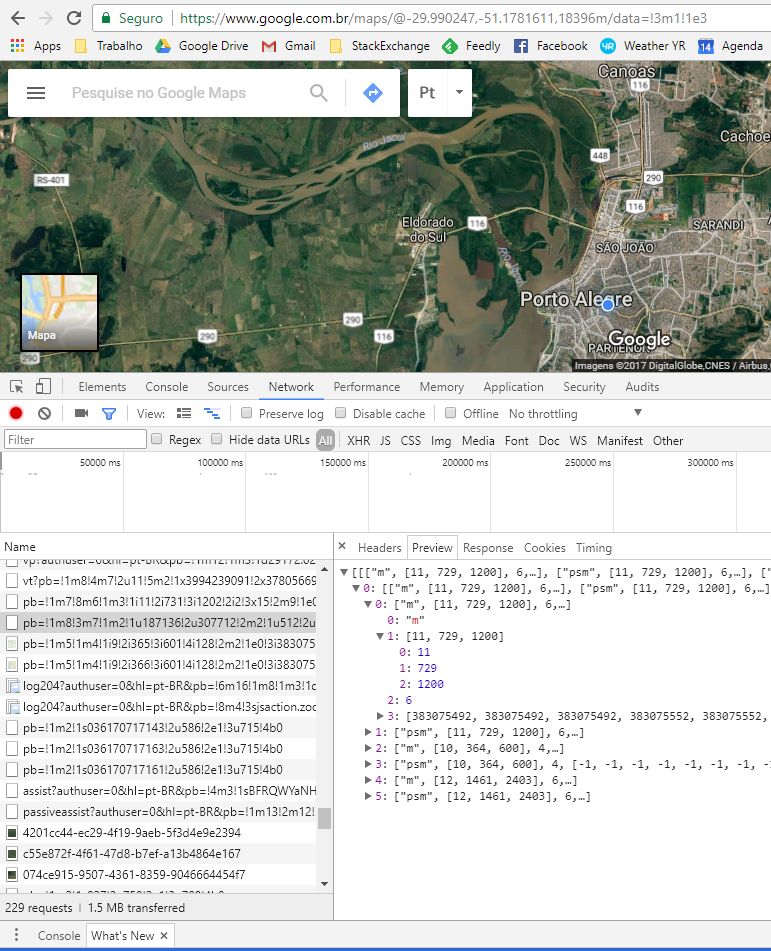Well, this is old, but hey. I've been working on this a bit myself, so here's what I've figured out:
The data is an encoded javascript array, so the trick when trying to generate your own data string is to ensure that your formatting keeps the structure of the array intact. To do this, let's look at what each step represents.
As you're correctly figured out, each exclamation point defines the start of a value definition. The first character, an int value, is an inner count, and (I believe) acts as an identifier, although I'm not 100% certain on this. It seems to be pretty flexible in terms of what you can have here, as long as it's an int. The second character, however, is much more important. It defines the data type of the value. I don't know if I've found all the data types yet, but the ones I have figured out are:
m: matrix
f: float
d: double
i: integer
b: boolean
e: enum (as integer)
s: string
u: unsigned int
x: hexdecimal value?
the remaining characters actually hold the value itself, so a string will just hold the string, a boolean will be '1' or '0', and so on. However, there's an important gotcha: the matrix data type.
The value of the matrix will be an integer. This is the length of the matrix, measured in the number of values. That is, for a matrix !1mx, the next x value definitions will belong to the matrix. This includes nested matrix definitions, so a matrix of form [[1,2]] would look like !1m3!1m2!1i1!2i2 (outer matrix has three children, inner matrix has 2). this also means that, in order to remove a value from the list, you must also check it for matrix ancestors and, if they exist, update their values to reflect the now missing member.
The x data type is another anomaly. I'm going to guess it's hexdecimal encoded for most purposes, but in my particular situation (making a call for attribution info), they appear to also use the x data type to store lat/long information, and this is NOT encoded in hex, but is an unsigned long with the value set as
value = coordinate<0 ? (430+coordinate)*1e7 : coordinate*1e7
An example (pulled directly from google maps) of the x data type being used in this way:
https://www.google.com/maps/vt?pb=!1m8!4m7!2u7!5m2!1x405712614!2x3250870890!6m2!1x485303036!2x3461808386!2m1!1e0!2m20!1e2!2spsm!4m2!1sgid!2sznfCVopRY49wPV6IT72Cvw!4m2!1ssp!2s1!8m11!13m9!2sa!15b1!18m5!2b1!3b0!4b1!5b0!6b0!19b1!19u12!3m1!5e1105!4e5!18m1!1b1
For the context of the question asked, it's important to note that there are no reliable identifiers in the structure. Google reads the values in a specific order, so always keep in mind when building your own encoded data that order matters; you'll need to do some research/testing to determine that order. As for reading, your best hope is to rebuild the matrix structure, then scan it for something that looks like lat/long values (i.e. a matrix containing exactly two children of type double (or x?))


Array: gist.github.com/jeteon/e71fa21c1feb48fe4b5eeec045229a0c – Guest